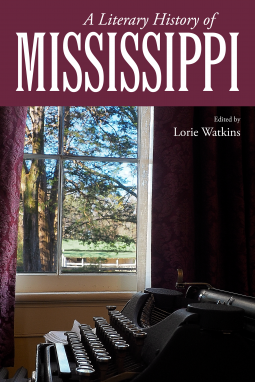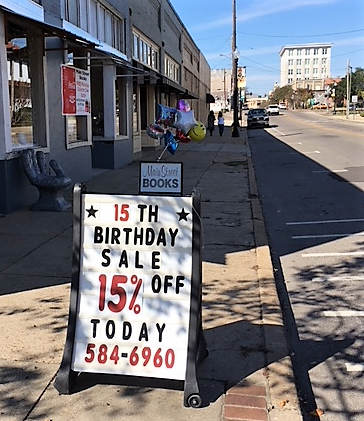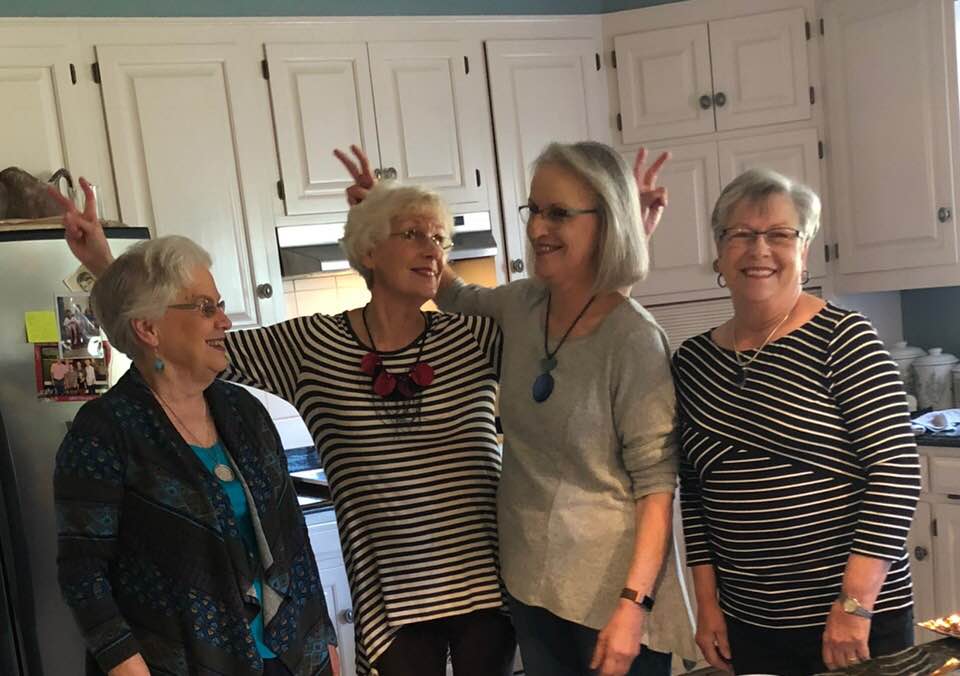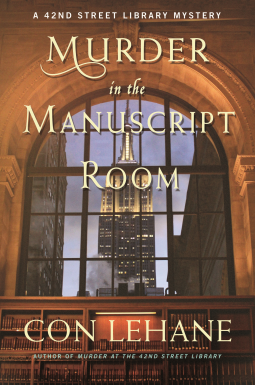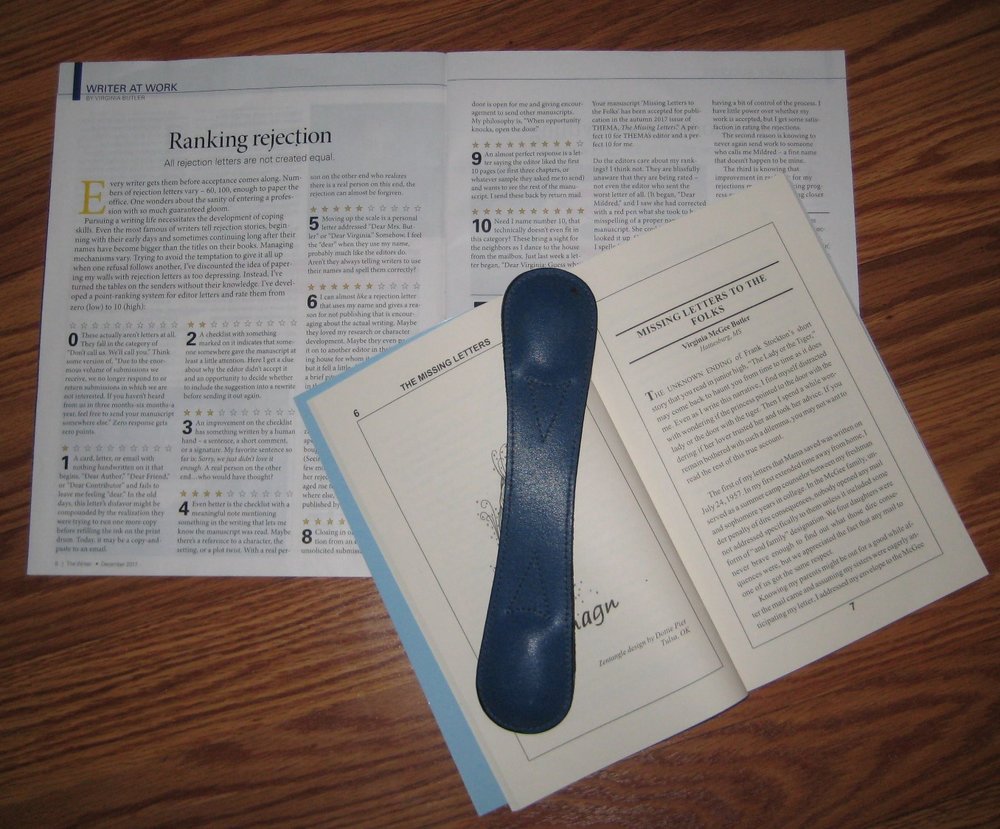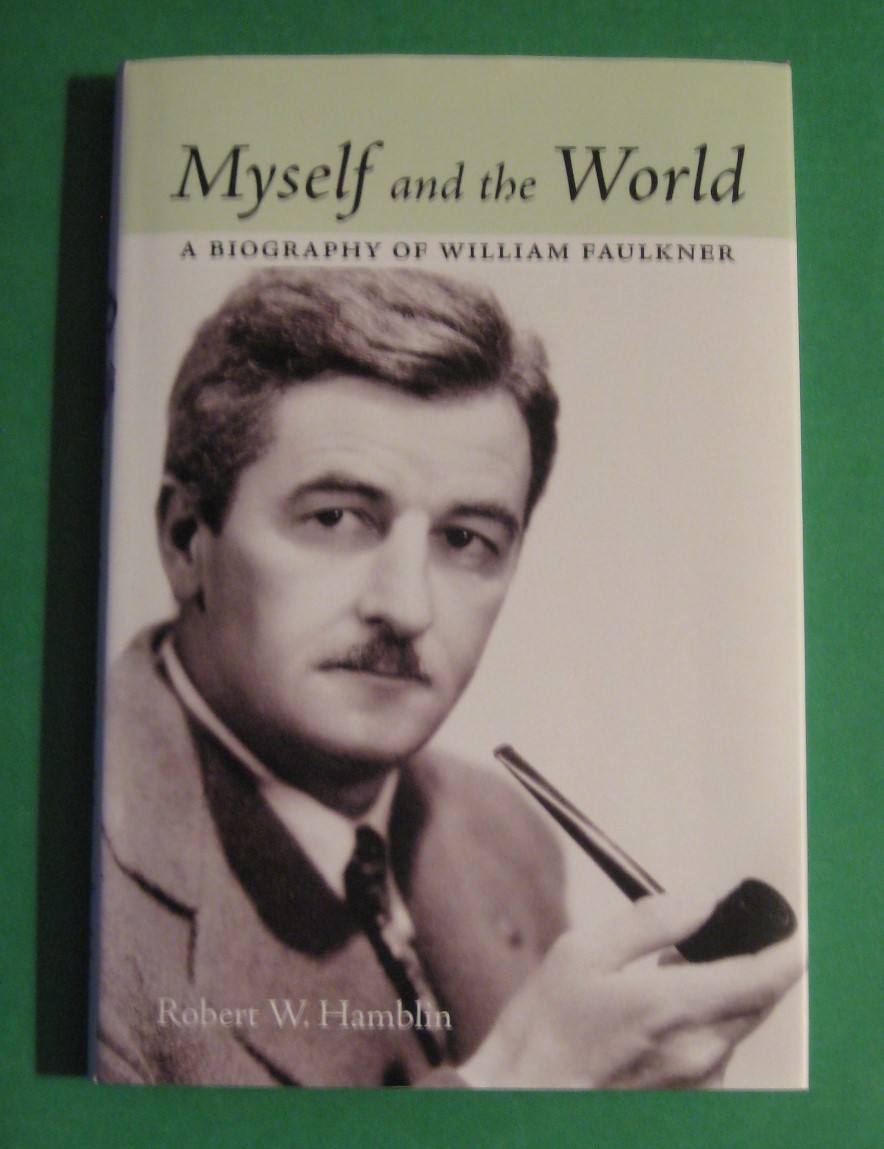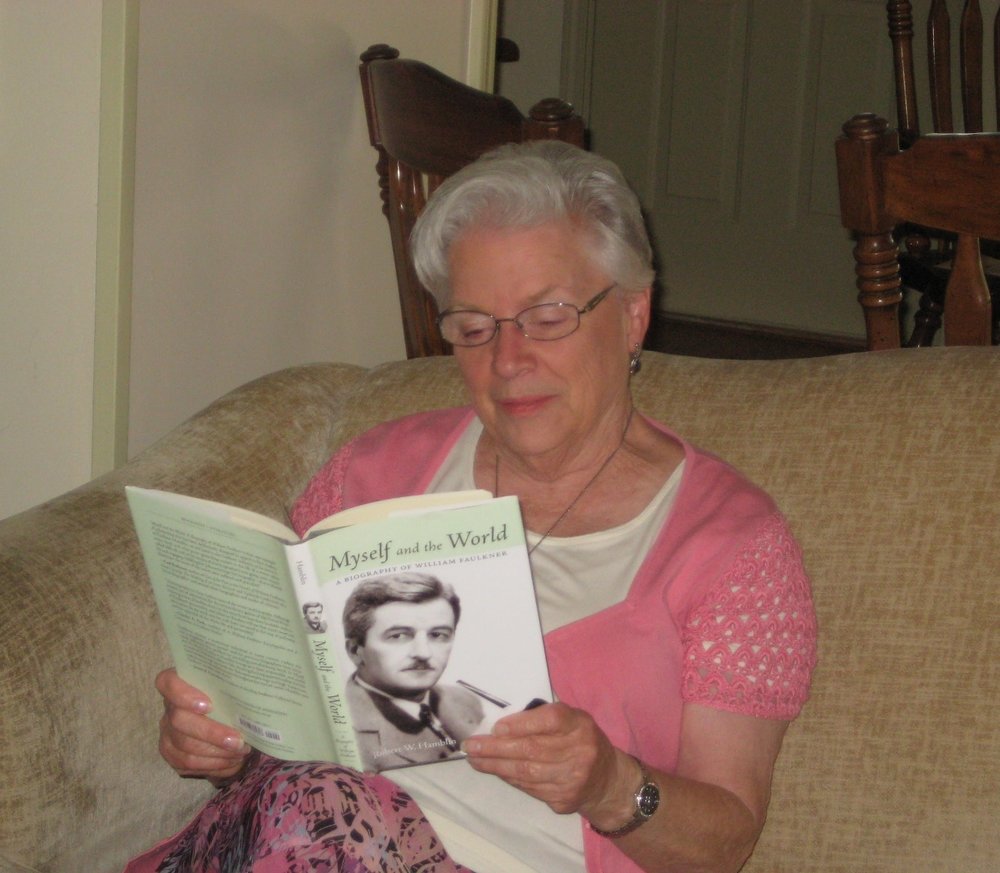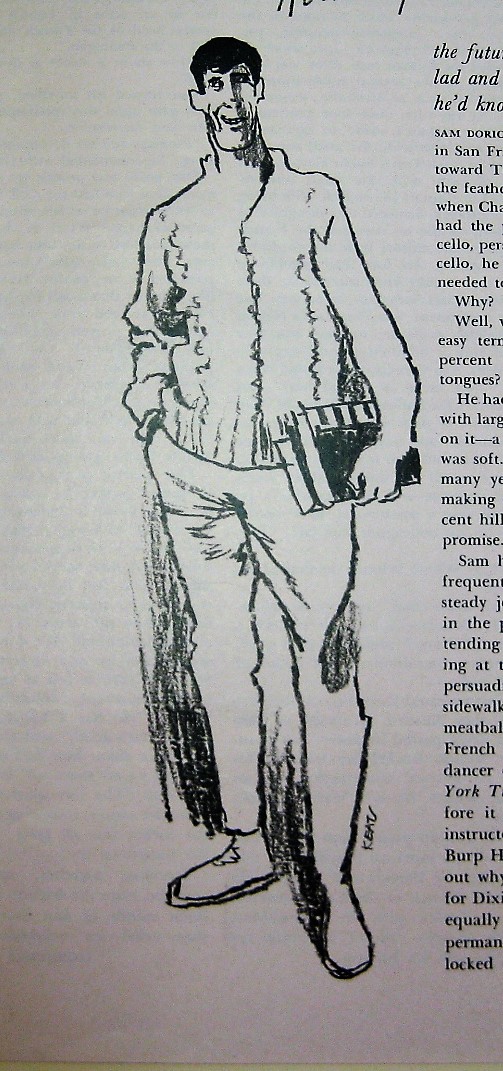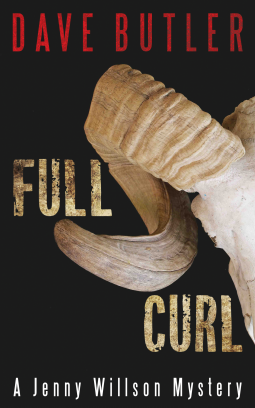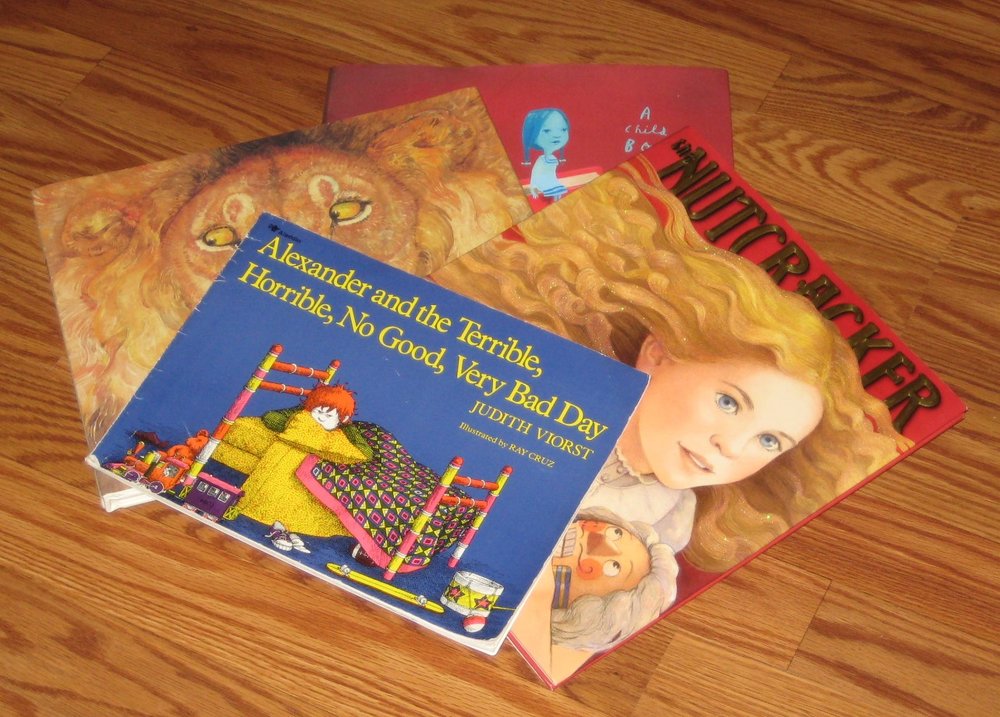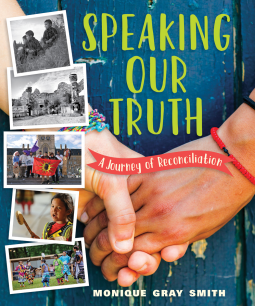Joseph has lost his staff. The moss on the manger roof is splotchy. The donkey has no ears and the cow only one of her horns. Since the nativity scene came from Sears and was inexpensive in the first place, why don’t we just replace it?
The answer is, “Too many memories.” Our children were small when we got it. They stood and gazed at the Baby Jesus, often rearranging the animals or the Magi. As they grew older, they found a prominent place to display it each Christmas. They loved setting it up and remembering in Texas, Germany, Louisiana – wherever the Army designated as home.
One memorable Christmas we lived in Germany atop a hill overlooking a snow-covered village centered by the church steeple. Right after Thanksgiving, we decorated our Christmas tree. The children chose the wide ledge in front of the picture window for the nativity. Since our German neighbors waited to trim their trees until Christmas Eve, we invited the community kindergarten children to come up to see our tree and have cookies and punch.
Their faces lit as they “Oohed” and “Aahed,” in wonder at the Christmas tree. They examined each ornament, but soon they moved to the window and our Sears manger scene – a poor match in my mind for the beautifully hand-carved nativity scenes found in their Christkindlmarkts. They drew us into their awe as they sat quietly on the floor around the crèche watching as though they waited for the baby to cry.
We have new nativities, nicer and in better shape including one from Bethlehem. Still, this defective one always takes the place of honor. Maybe it is appropriate after all. For didn’t the Christ Child come into humble surroundings for that which was imperfect – to heal the brokenhearted, to bind the wounds of the injured, to bring sight to the blind, and to set at liberty those who are captive?






